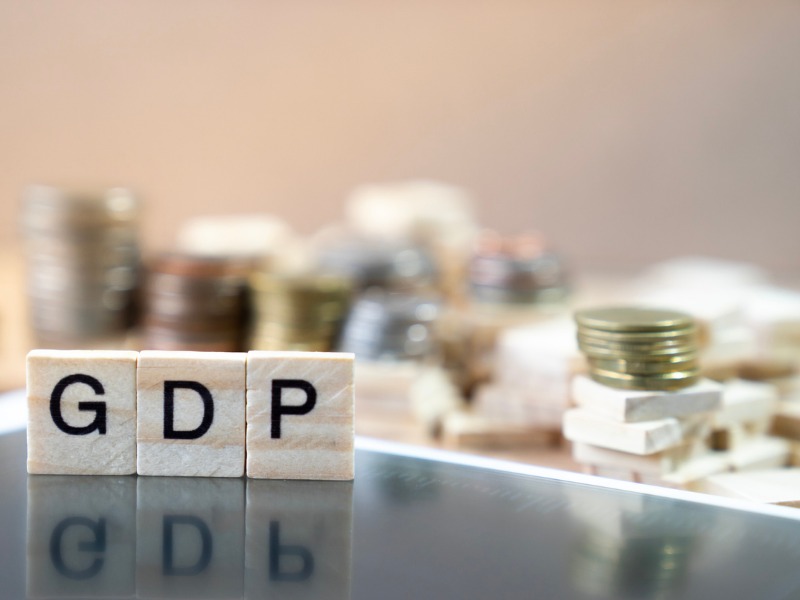
The global economic outlook for this year has perked up, but tighter financial conditions will weigh more heavily in 2024, says Fitch Ratings.
In its latest forecast, the rating agency revised its global GDP growth call to 2.0% for 2023, up from its previous projection of just 1.4% growth.
The brighter forecast comes amid a rosier outlook for China, revised up to 5.2% from 4.1%, an increase in its U.S. call to 1.0% from 0.2%, and a revised Eurozone growth forecast, up to 0.8% from 0.2%.
“The improvement in the near-term outlook reflects China’s post-Covid-19 reopening, a material easing of the European natural gas crisis, and surprising near-term resilience in U.S. consumer demand,” Fitch said, noting that this marks its first forecast upgrade since Russia invaded Ukraine last year.
However, it’s not all good news, with Fitch also trimming its global forecast for 2024 to 2.4% from 2.7%, citing the lagging effects of tighter monetary policy, particularly in the U.S. and Europe.
“Central banks are now taking away the punchbowl quite quickly. It is only a matter of time before the impact on the real economy becomes much more visible,” said Brian Coulton, chief economist with Fitch, in a release.
On the rate front, the rating agency said that it now expects the Fed Funds rate to peak at 5.5%, up from its previous call of 5.0%; and the European Central Bank’s key rate to reach 4.0% in June, an upward revision of 100 basis points from its previous forecast.
While it’s taking longer than expected for the effects of these rate rises to curb demand, Fitch still expects a recession in the U.S. by the third quarter of this year, “several months later than in our previous forecast and a few months after the peak in Fed Funds.”
Fitch noted that while it looks as though headline inflation has peaked, core inflation remains “stubbornly high,” and sources of possible wage inflation have not eased.